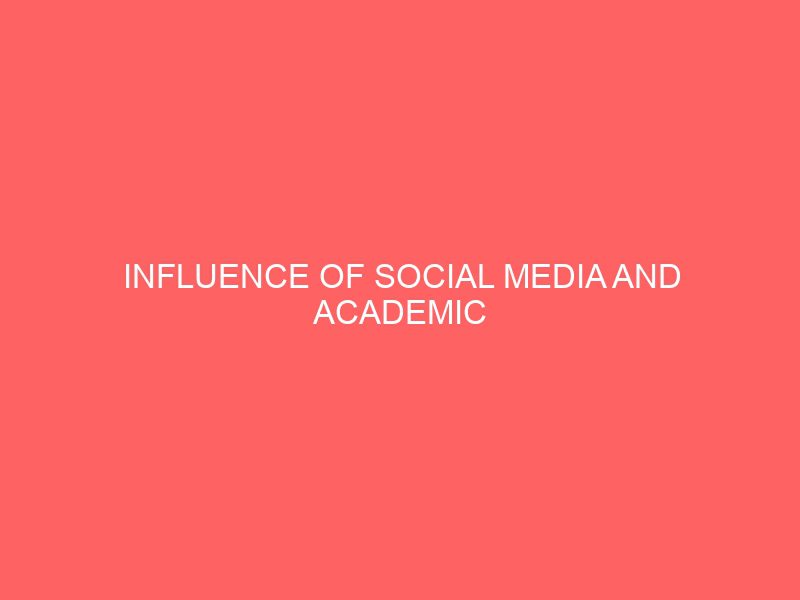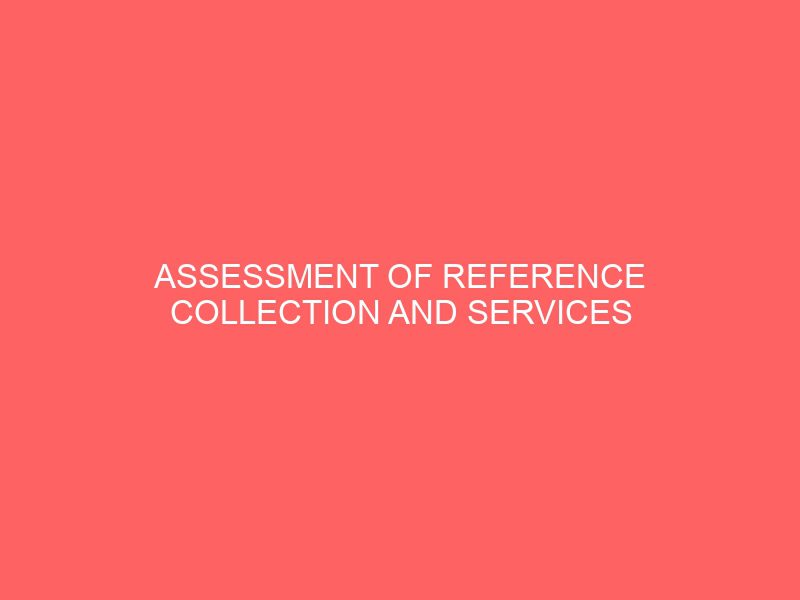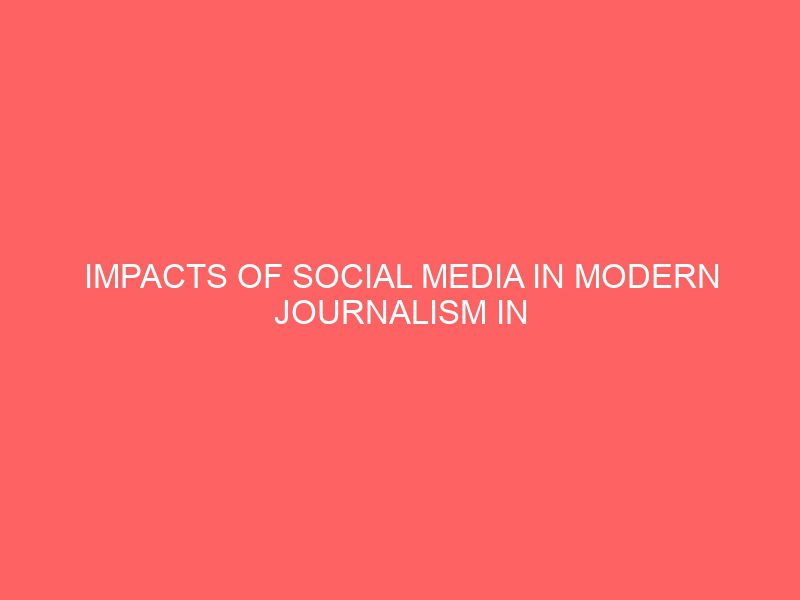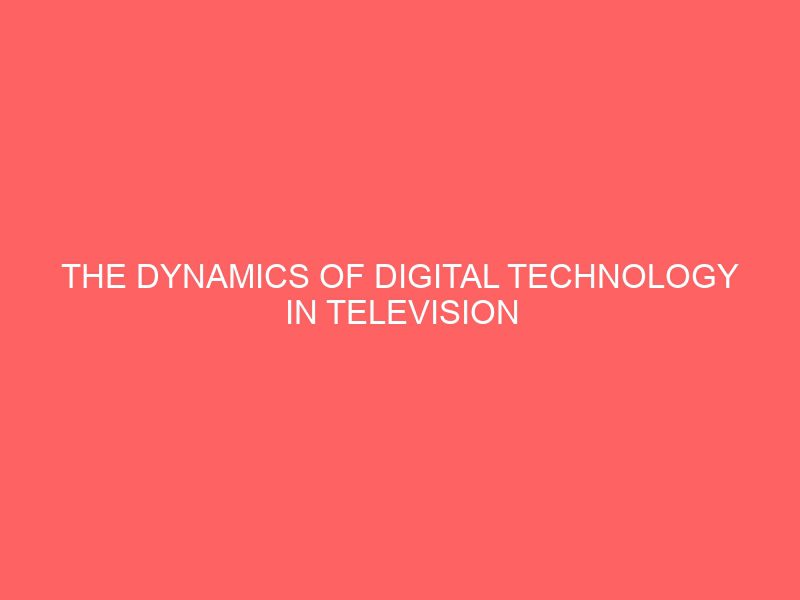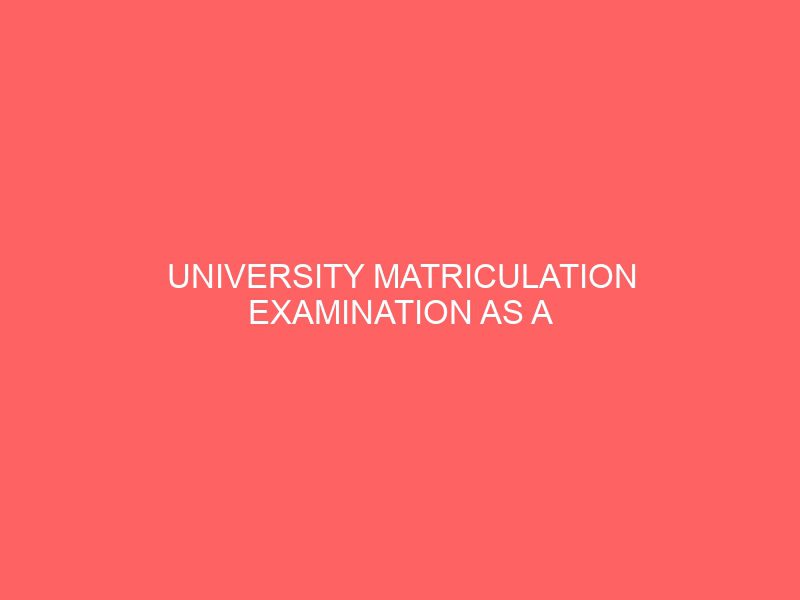![]()
Presenting latest 2021 business administration and management project topics and materials available at BRILLIANTNG AND PROJECTSLIB , in addition to this topics we also write professionally for this course and all other courses, our rates are very affordable for (Assignments, term papers, final year projects (OND, ND, HND, BSC, B.Ed, Masters thesis, Doctoral Research) journals. We deliver writings for as fast as 1week, and we do corrections too. Contact us using the live chats on our websites or call/whatsapp +2349036857618. Partner with us as either a seller or a bulk buyer and enjoy great discounts.
LINK FOR BRILLIANTNG BUSINESS ADMINISTRATION TOPICS
LINK FOR PROJECTSLIB MATHEMATICS AND STATISTICS PROJECT TOPICS
1. EFFECTS OF TRAINING AND DEVELOPMENT IN NIGERIAN ORGANISATIONS. A STUDY OF JUNIOR WORKERS IN THE COLLEGE OF ART AND SOCIAL SCIENCES IN KSA, NIGERIA.
2. FACTORS INFLUENCING THE SELECTION OR PROCUREMENT METHODS FOR CONSTRUCTION WORKS IN NIGERIA.
3. PROBLEMS OF TRANSPORTATION MODEL OF MANUFACTURED GOODS TO CUSTOMER CASE STUDY 🙁 GUINESS NIGERIA LIMITED).
4. EFFECTS SERVICE QUALITY AND CUSTOMER SATISFACTION IN PUBLIC SECTOR ORGANIZATIONS IN NIGERIA.
5. THE EFFECT OF MOTIVATION ON EMPLOYEES PERFORMANCE IN NIGERIA.
LINK FOR PROJECTSLIB OFFICE TECHNOLOGY PROJECT TOPICS
6. THE EFFECTS OF SALES PROMOTIONS ON CUSTOMER GROWTH IN THE NIGERIAN MOBILE TELECOMMUNICATION INDUSTRY. THE CASE OF GLOBACOM NIGERIA.
7. THE IMPACT OF MICRO CREDIT ON SMALL BUSINESSES IN NIGERIAN BUSINESSES.
8. THE IMPACT OF MOTIVATION ON THE PERFORMANCE OF TEACHERS IN NIGERIA EDUCATION SYSTEM [A CASE STUDY OF OTUKPO LGA].
9. AN EVALUATION OF INTERNAL FINANCIAL CONTROLS IN PUBLIC HOSPITALS.
10. ASSESSING EMPLOYEE TRAINING PRACTICES AT SOKOTO POLICE TRAINING SCHOOL.
LINK FOR PROJECTSLIB CHEMISTRY PROJECT TOPICS
11. ASSESSMENT OF CREDIT RISK MANAGEMENT BANKS IN NIGERIA.(CASE STUDY- GUARANTEED TRUST BANK).
12. ASSESSMENT OF WORKING CAPITAL MANAGEMENT PRACTICES AT ORANGE GROUP LIMITED, LAGOS.
13. EFFECTS OF MICROFINANCE AND SOCIO-CONOMIC EMPOWERMENT OF WOMEN IN NIGERIA
14. EFFECTS OF OUTSOURCING ON ORGANIZATIONAL PERFORMANCE. A CASE STUDY OF NASSARAWA STATE
15. EFFECTS OF OUTSOURCING ON ORGANIZATIONAL PERFORMANCE. THE CASE OF SELECTED FINANCIAL INSTITUTIONS IN MAKURDI.
LINK FOR PROJECTSLIB BANKING AND FINANCE PROJECT TOPICS
16. EFFECTS OF PROPER BOOKKEEPING AND BASIC ACCOUNTING PROCEDURES IN SMALL SCALE ENTERPRISES IN NIGERIA.
17. FACTORS INFLUENCING THE SELECTION OR PROCUREMENT METHODS FOR CONSTRUCTION WORKS IN NIGERIA.
18. PROSPECTS AND CHALLENGES OF MOBILE BANKING TECHNOLOGY IN NIGERIA.
19. EFFECTS SERVICE QUALITY AND CUSTOMER SATISFACTION IN PUBLIC SECTOR ORGANIZATIONS IN NIGERIA.
20. THE EFFECT OF MOTIVATION ON EMPLOYEES PERFORMANCE IN NIGERIA.
LINK FOR PROJECTSLIB SCIENCE EDUCATION PROJECT TOPICS
21. THE EFFECTS OF SALES PROMOTIONS ON CUSTOMER GROWTH IN THE NIGERIAN MOBILE TELECOMMUNICATION INDUSTRY. THE CASE OF GLOBACOM NIGERIA.
22. THE IMPACT OF MICRO CREDIT ON SMALL BUSINESSES IN NIGERIAN BUSINESSES.
23. THE IMPACT OF MOTIVATION ON THE PERFORMANCE OF TEACHERS IN NIGERIA EDUCATION SYSTEM [A CASE STUDY OF OTUKPO LGA.
24. AN EVALUATION OF INTERNAL FINANCIAL CONTROLS IN PUBLIC HOSPITALS.
25. A STUDY ON THE LEVEL OF EFFICIENCY AND PRODUCTIVITY IN THE PUBLIC SECTOR (A STUDY OF IBADAN ELECTRICITY DISTRIBUTION COMPANY, NIGERIA.
LINK FOR PROJECTSLIB POLITICAL SCIENCE PROJECT TOPICS
26. THE E FFECT OF ENVIRONMENTAL VARIABLES ON MARKETING GOALS IN NIGERIA.
27. THE ROLE OF NEGOTIATION SKILL IN PURCHASING AND CONTRACT MANAGEMENT IN NIGERIA.
28. ANALYTICAL REVIEW ON THE LEVEL OF THE IMPLEMENTATION OF E-PROCUREMENT IN THE PRIVATE SECTOR IN NIGERIA.
29. A STUDY ON THE INFLUENCE OF MARKET STRATEGIES ON BUSINESS PERFORMANCE IN NIGERIA.
30. THE EFFECTS OF WORKING CONDITIONS ON OFFICE MANAGERS IN NIGERIA.
LINK FOR PROJECTSLIB BUILDING TECHNOLOGY TOPICS
31. EFFECTIVE HUMAN RESOURCES MANAGEMENT ON PRODUCTION LEVEL IN A MANUFACTURING COMPANY (A STUDY OF FAN MILK PLC IBADAN) NIGERIA.
32. THE ROLES OF FEMALE MANAGERS IN ORGANIZATIONAL EFFICIENCY IN NIGERIA.
33. A REVIEW OF MOTIVATION AS A MANAGEMENT TOOL FOR INCREASING THE PRODUCTIVITY OF EMPLOYEES (A CASE STUDY OF EMENITE LIMITED).
34. AN APPRAISAL OF SOCIAL RESPONSIBILITY ON CORPORATE ORGANIZATION IN ENUGU.
35. THE MANAGEMENT OF INSURANCE COMPANIES TOWARDS THE DEVELOPMENT OF BUSINESS ENTERPRISES (A CASE STUDY OF ROYAL EXCHANGE ASSURANCE NIG. PLC KANO STATE).
36. ANALYSIS OF THE IMPACT OF EFFECTIVE COMMUNICATION IN INCREASING ORGANIZATIONAL PRODUCTIVITY. A CASE STUDY OF NIGERIAN BREWERY PLC, AMAEKE, NGWO, ENUGU, ENUGU STATE.
37. ANALYSIS OF CORPORATE LEADERSHIP AND EMPLOYEE EMPOWERMENT IN SELECTED NIGERIAN BANKS. A STUDY OF DIAMOND BANK PLC, ECOBANK PLC, UNION BANK PLC, IN ENUGU.
38. ANALYSIS OF FACTORS RESPONSIBLE FOR LOW PRODUCTIVITY OF THE NIGERIAN WORKERS. (A CASE STUDY OF POWER HOLDING COMPANY ENUGU ZONAL OFFICE)
39. IMPACT OF THE DELEGATION OF AUTHORITY ON EMPLOYEES PERFORMANCE. CASE STUDY: NIGERIA BREWERIES MAKURDI.
40. GOVERNMENT POLICIES ON SMALL SCALE BUSINESS ITS IMPACT ON NIGERIA COOPERATIVE DEVELOPMENT (A CASE STUDY OF COOPERATIVES SOCIETIES IN ANAMBRA STATE).
LINK FOR PROJECTSLIB URBAN AND REGIONAL PLANNING PROJECT TOPICS
41. MARKETING SEGMENTATION AND TARGETING STRATEGIES FOR A FIRM COMPETITIVE GROWTH ( A CASE STUDY OF CHRIS FAST FOOD RESTAURANT OWERRI IMO STATE ).
42. A CRITICAL EVALUATION OF LEADERSHIP STYLE AND ORGANIZATION PERFORMANCE IN THE PRIVATE SECTOR (A CASE STUDY OF SELECTED ESTABLISHMENT IN ABIA STATE).
43. AN ASSESSMENT OF THE IMPACT OF MODERN COMMUNICATION FACILITIES ON SERVICE DELIVERY IN BUSINESS ORGANIZATION (A CASE STUDY OF ICT BASED FIRMS IN ABA ABIA STATE).
44. THE IMPACT OF PRODUCTION PLANNING AND CONTROL ON A MANUFACTURING PROCESS (A CASE STUDY OF NIGERIA BOTTLING COMPANY ABA ABIA STATE).
45. MANAGEMENT PROBLEMS OF MANUFACTURING INDUSTRIES IN NIGERIA (A CASE STUDY OF NIGERIA BREWERIES PLC AND UNILEVER PLC).
LINK FOR PROJECTSLIB ESTATE MANAGEMENT PROJECT TOPICS
46. THE IMPACT OF STAFF DISCIPLINE IN THE ATTAINMENT OF ORGANIZATIONAL OBJECTIVES (A CASE STUDY OF SELECTED ORGANIZATIONS IN OWERRI IMO STATE).
47. THE IMPACT OF PERFORMANCE APPRAISAL ON STAFF PRODUCTIVITY (A CASE STUDY OF DIAMOND BANK PLC OWERRI).
48. MOTIVATION AS THE KEY FACTOR FOR HIGHER PRODUCTIVITY IN NIGERIAN INDUSTRIES (A CASE STUDY OF ECO BANK PLC OWERRI IMO STATE).
49. THE EFFECT OF MANAGEMENT INFORMATION SYSTEM ON ACHIEVEMENT OF ORGANIZATION OBJECTIVES ( A CASE STUDY OF NITEL OWERRI ).
50. AN EVALUATION OF INTERNAL FINANCIAL CONTROLS IN PUBLIC HOSPITALS.
LINK FOR PROJECTSLIB ECONOMICS PROJECT TOPICS
51. COMMUNICATION AS A TOOL FOR ENHANCING ORGANIZATIONAL PERFORMANCES (A STUDY OF NIGERIAN BREWRIES).
52. A STUDY ON THE LEVEL OF EFFICIENCY AND PRODUCTIVITY IN THE PUBLIC SECTOR ( A STUDY OF IBADAN ELECTRICITY DISTRIBUTION COMPANY.
53. ANALYTICAL REVIEW ON THE LEVEL OF THE IMPLEMENTATION OF E-PROCUREMENT IN THE PRIVATE SECTOR.
54. A STUDY ON THE INFLUENCE OF MARKET STRATEGIES ON BUSINESS PERFORMANCE.
56. THE EVALUATION OF THE CHALLENGES FACED BY FEMALE SECRETARIES IN AN ORGANIZATION.
57. THE EFFECTS OF DEPRESSED ECONOMY ON THE PROFITABILITY OF MANUFACTURING COMPANIES.
58. EFFECTIVE HUMAN RESOURCES MANAGEMENT ON PRODUCTION LEVEL IN A MANUFACTURING COMPANY (A STUDY OF FAN MILK PLC IBADAN).
59. THE ROLES OF FEMALE MANAGERS IN ORGANIZATIONAL EFFICIENCY.
60. A STUDY ON THE LEVEL OF EFFICIENCY AND PRODUCTIVITY IN THE PUBLIC SECTOR (A STUDY OF IBADAN ELECTRICITY DISTRIBUTION COMPANY.
LINK FOR PROJECTSLIB ACCOUNTANCY PROJECT TOPICS
61. THE EFFECT OF ENVIRONMENTAL VARIABLES ON MARKETING GOALS.
62. A COMPARATIVE ANALYSIS OF CONSUMER ATTITUDE TOWARDS DIFFERENT BRANDS OF MOTOR OIL LUBRICANT PRODUCTS IN ENUGU URBAN
63. ASSESSMENT OF NEW PRODUCT DEVELOPMENT AND MANAGEMENT IN NIGERIA: A STUDY OF UNLIEVER NIGERIA PLC.
64. THE IMPACT OF THE DELEGATION OF AUTHORITY ON EMPLOYEES’ PERFORMANCE
65. AN EXAMINATION OF THE IMPACT OF MICRO CREDIT PROGRAMMES ON ENTREPRENEURSHIP DEVELOPMENT IN AKWA IBOM AND CROSS RIVER STATES.
LINK FOR PROJECTSLIB AGRICULTURAL SCIENCE TOPICS
66. RELATIONSHIP BETWEEN ORGANIZATIONAL COMMITMENT, JOB PERFORMANCE AND JOB SATISFACTION AMONG EMPLOYEES
67. PERFORMANCE MANAGEMENT — A VERITABLE TOOL FOR CORPORATE PERFORMANCE
68. PERCEPTIONS OF BUSINESS EDUCATION STUDENTS ON THE RELEVANCE OF ENTREPRENEURSHIP EDUCATION
69. PARTICIPATIVE LEADERSHIP STYLE AND IT’S EFFECT ON ORGANISATIONAL PERFORMANCE
70. EFFECT OF MARKETING STRATEGY MANAGING RURAL DEVELOPMENT THROUGH INDUSTRALIZATION
LINK FOR PROJECTSLIB CRIMINOLOGY TOPICS
71. MANAGING RURAL DEVELOPMENT THROUGH INDUSTRALIZATION
72. MANAGING RURAL DEVELOPMENT THROUGH INDUSTRALIZATION
73. MULTI-NATIONAL COMPANIES AND THEIR SOCIAL RESPONSIBILITIES IN THEIR HOST COMMUNITIES (A CASE STUDY OF SHELL COMPANY PORT-HARCOURT, RIVER STATE)
74. MULTI-NATIONAL COMPANIES AND THEIR SOCIAL RESPONSIBILITIES IN THEIR HOST COMMUNITIES (A CASE STUDY OF SHELL COMPANY PORT-HARCOURT, RIVER STATE)
75. INVENTORY VALUATION MANAGEMENT AND CONTROL IN MANUFACTURING ORGANIZATION
LINK FOR PROJECTSLIB LIBRARY & INFORMATION SCIENCE TOPICS
76. TRADE UNIONISM AND ITS INFLUENCE ON MANAGEMENT POLICIES IMPLEMENTATION.
79. TRADE UNIONISM AND ITS INFLUENCE ON MANAGEMENT POLICIES IMPLEMENTATION.
80. AN EVALUATION OF THE EFFECT OF MANPOWER TRAINING AND DEVELOPMENT IN SERVICE ORGANISATIONS. CASE STUDY PHCN.
LINK FOR PROJECTSLIB EDUCATION TOPICS
81. EFFICIENT CORPORATE IMAGE MANAGEMENT AS A STRATEGY FOR ENHANCING PROFITABLITY
82. THE ROLE AND EVALUATION OF CORPORATE CITIZENS IN NATIONAL DEVELOPMENT
83. THE ROLE AND EVALUATION OF CORPORATE CITIZENS IN NATIONAL DEVELOPMENT
84. THE ROLE AND EVALUATION OF CORPORATE CITIZENS IN NATIONAL DEVELOPMENT
85. EFFCTIVE MOTIVATIONAL PROGRAMMES AND PRODUCTIVITY IN GOVERNMENT PARASTATALS
86. ROAD TRANSPORTATION MANAGEMENT AND CUSTOMERS SATISFACTION
87. COMMUNICATION AS A TOOL FOR EFFECTIVE MANAGEMENT
88. CORPORATE SOCIAL RESPONSIBILITY IN NIGERIA’S TELECOMMUNICATION SECTOR A CASE STUDY OF GLOBACOM NIGERIA LIMITED
89. CASH MANAGEMENT IN MEDIUM SCALE ENTERPRISES
LINK FOR PROJECTSLIB LIBRARY & INFORMATION SCIENCE TOPICS
90. CAPITAL INVESTMENT APPRAISAL A COMPARATIVE STUDY BETWEEB PUBLIC AND PRIVATE COMPANIES
91. SURVIVAL STRATEGIES FOR SMALL SCALE BAKERIES
92. MANAGEMENT OF FUNDS IN BANKING INDUSTRIES. CASE STUDY OF POLARIS BANK
93. THE EFFECTIVE UTILIZATION OF MANAGEMENT BY OBJECTIVES IN NIGERIAN ORGANIZATION
94. THE APPRAISAL OF INCOME TAX COLLECTION AND ADMINISTRATION IN NIGERIA
95. AN EVALUATION OF PRODUCTION PROCESSES AND CAPACITY UTILIZATION
96. AN EVALUATION OF DISTRIBUTION CHANNEL IN THE LOGISTICS MANAGEMENT OF PETROLEUM PRODUCTS
97. ANALYZING ADMINISTRATION OF SECONDARY SCHOOL A CASE STUDY OF ENUGU URBAN
98. ANALYZING ADMINISTRATION OF SECONDARY SCHOOL, A CASE STUDY OF ENUGU URBAN
99. USING EMPLOYEE APPRAISAL TO EVALUATE WORK PERFORMANCE IN BUSINESS ORGANISATION IN NIGERIA
100. THE NATURE AND ROLES OF TEAM BUILDING IN CORPORATE ACHIEVEMENTS (A CASE STUDY OF BANK PHB)
LINK FOR PROJECTSLIB EDUCATION TOPICS
101. UNEMPLOYMENT PROBLEMS_AMONGST GRADUATES OF HIGHER INSTITUTIONS
102. TOTAL QUALITY MANAGEMENT AND THE INDUSTRIAL SECTOR OF ENUGU STATE (A CASE STUDY OF ANAMMCO LIMITED ENUGU
103. THE IMPACT OF TRAINING AND DEVELOPMENT OF HUMAN RESOURCES AS A CRITICAL FACTOR IN THE BANKING SECTOR
104. THE IMPACT OF MANAGEMENT STYLE ON THE EFFICIENCY OF SELECTED GOVERNMEMT OWNED COMPANIES
105. THE IMPACT OF MANAGEMENT INCENTIVE POLICIES ON WORKER’S PRODUCTIVITY
LINK FOR PROJECTSLIB BIOCHEMISTRY TOPICS
106. THE IMPACT OF MANAGEMENT INCENTIVE POLICIES ON WORKER’S PRODUCTIVITY
107. THE IMPACT OF LEADERSHIP AND ORGANIZATIONAL BEHAVIOUR ON EMPLOYEES PRODUCTIVITY.
108. THE IMPACT OF CHANGE MANAGEMENT IN NIGERIAN BANKING INDUSTRY
109. PROBLEMS AND PROSPECTS OF ESTABLISHING SMALL SCALE ENTERPRISES IN NIGERIA
110. HUMAN RESORUCE MANAGEMENT IN THE HOTEL AND CATERING INDUSTRY.
LINK FOR PROJECTSLIB BUSINESS MANAGEMENT TOPICS
111. APPLICATION OF MARKETING CONTROL TECHNIQUES IN MANUFACTURING FIRMS IN ENUGU L.G.A OF ENUGU STATE
112. ANALYSIS OF THE IMPACT OF EFFECTIVE COMMUNICATION IN INCREASING ORGANIZATIONAL PRODUCTIVITY
113. ANALYSIS OF FACTORS RESPONSIBLE FOR LOW PRODUCTIVITY OF THE NIGERIAN WORKERS.
114. ANALYSIS ON THE IMPACT OF SOCIAL RESPONSIBILITIES OF OIL COMPANIES IN THE HOST COMMUNITIES IN THE NIGER DELTA REGION OF NIGERIA A CASE STUDY OF SHELL PETROLEUM DEVELOPMENT COMPANY.
115. ANALYSIS OF CORPORATE LEADERSHIP AND EMPLOYEE EMPOWERMENT IN SELECTED NIGERIAN BANKS.
LINK FOR PROJECTSLIB BUSINESS ADMINISTRATION TOPICS
116. AN EVALUATION OF THE IMPACT OF SUPERVISION AND CONTROL OF THE CENTRAL BANK ON THE PERFORMANCE OF COMMERCIAL BANKS
117. AN APPRAISAL OF SOCIAL RESPONSIBILITY ON CORPORATE ORGANIZATION IN ENUGU
118. AN ASSESSMENT OF THE EFFECTS OF FLOODING ON RESIDENTIAL PROPERTIES
119. AN APPRAISAL OF LEADERSHIP STYLES AND ITS EFFECTIVENESS ON ORGANIZATIONAL PERFORMANCE
120. A SURVEY OF THE EFFICIENT AND EFFECTIVE PERSONNEL MANAGEMENT IN SMALL AND MEDIUM SCALE INDUSTRIES
LINK FOR PROJECTSLIB MASS COMMUNICATION TOPICS
121. A REVIEW OF MOTIVATION AS A MANAGEMENT TOOL FOR INCREASING THE PRODUCTIVITY OF EMPLOYEES
122. THE IMPACT OF PROMOTION ON THE SALES VOLUME OF A BUSINESS ORGANIZATION
123. THE IMPACT OF JOB SATISFACTION ON WORKERS PRODUCTIVITY
124. THE EFFECT OF FOREIGN EXCHANGE DEREGULATION ON MANUFACTURING INDUSTRIES IN NIGERIA
125. THE EFFECT OF COMPUTERISATION ON SERVICE DELIVERY IN AN ORGANISATION (A CASE STUDY OF FIRST BANK OF NIGERIA PLC)
LINK FOR PROJECTSLIB ACCOUNTING PROJECT TOPICS
126. THE CONTRIBUTIONS OF ENTREPRENEURSHIP PROGRAMME TO ECONOMIC DEVELOPMENT
127. EFFECTS OF TRADE UNION ON WORKERS PRODUCTIVITY AND ORGANISATION BEHAVIOUR
128. THE CHALLENGES, PROBLEMS AND PROSPECTS OF OUTSOURCING HUMAN CAPITAL IN NIGERIA (PRIVATE SECTOR ECONOMY)
129. E-BUSINESS: A KEY FACTOR TO ORGANISATIONAL GROWTH AND DEVELOPMENT
130. APPRAISAL OF TRAINING AND DEVELOPMENT ON PERSONNEL PROFICIENCY AND PERFORMANCE
131. CAUSES OF OCCUPATIONAL CHANGE IN SECRETARIAL PROFESSION (A CASE STUDY OF INSTITUTE OF MANAGEMENT AND TECHNOLOGY (IMT) ENUGU)
132. THE IMPACT OF COMPUTER STUDIES ON BUSINESS EDUCATION STUDIES IN HIGHER INSTITUTIONS OF LEARNING
133. AUDIENCE PERCEPTION OF THE PUNCH NEWSPAPER CARTOONS AMONG STUDENTS
134. THE ROLE OF BUSINESS EDUCATION IN PROMOTING ENTREPRENEURSHIP DEVELOPMENT IN NIGERIA
135. THE ROLE OF BUSINESS EDUCATION IN PROMOTING ENTREPRENEURSHIP DEVELOPMENT IN NIGERIA
136. IMPACT OF BUSINESS EDUCATION PROGRAMME IN CREATING EMPLOYMENT OPPORTUNITIES
137. IMPACT OF BUSINESS EDUCATION PROGRAMME IN CREATING EMPLOYMENT OPPORTUNITIES
138. THE EFFECT OF POOR HUMAN RESOURCES MANAGEMENT ON THE NIGERIAN PUBLIC ADMINISTRATION
139. PROBLEMS HINDERING PERSONAL INCOME TAX ADMINISTRATION AND COLLECTION IN ENUGU STATE
140. PROBLEMS HINDERING PERSONAL INCOME TAX ADMINISTRATION AND COLLECTION IN ENUGU STATE
141. THE IMPACT OF MANPOWER DEVELOPMENT ON EFFICIENT MANAGEMENT OF PARASTATALS (A CASE STUDY OF NIGERIA RAILWAY, EASTERN DIVISION ENUGU)
142. FEDERAL CHARACTER AND NATIONAL INTEGRATION (A CASE STUDY OF THE SECOND REPUBLIC)
143. THE EFFECT OF COMMITTEE AND GROUP MEETING IN ENHANCING DECISION-MAKING IN PUBLIC SECTOR (A CASE STUDY OF ENUGU STATE HOUSE OF ASSEMBLY)
144. THE PROBLEMS OF TAX COLLECTION AND REVENUE GENERATION IN ENUGU STATE (A CASE STUDY OF ENUGU SOUTH LOCAL GOVERNMENT)
145. THE PROBLEMS OF TAX COLLECTION AND REVENUE GENERATION IN ENUGU STATE (A CASE STUDY OF ENUGU SOUTH LOCAL GOVERNMENT)
146. CONFLICT MANAGEMENT IN THE PUBLIC SECTOR (A CASE STUDY OF ENUGU NORTH LOCAL GOVERNMENT, ENUGU)
147. EFFECTS OF SOCIAL WELFARE PROGRAMME ON ECONOMIC DEVELOPMENT OF RURAL WOMEN IN NIGERIA (A CASE STUDY OF AWGU LOCAL GOVERNMENT AREA)
148. THE IMPACT OF COMPENSATION AND REWARD SYSTEM ON ORGANIZATIONAL PRODUCTIVITY (A CASE STUDY OF BENUE STATE WATER BOARD)
149. THE EFFECT OF INADEQUATE HUMAN RESOURCES ON THE PERFORMANCE OF GOVERNMENT ESTABLISHMENTS
150. THE ROLE OF CO-OPERATIVE SOCIETIES TOWARDS DEVELOPMENT OF RURAL AREAS
151. THE PROBLEMS OF EFFECTIVE UTILIZATION OF REVENUE AVAILABLE TO LOCAL GOVERNMENTS IN NIGERIA
152. AN ASSESSEMENT OF THE FACTORS HINDERING THE IMPLEMENTATION OF MANAGEMENT POLICIES IN THE NIGERIAN PUBLIC SECTOR
GOODLUCK IN YOUR ACADEMICS








